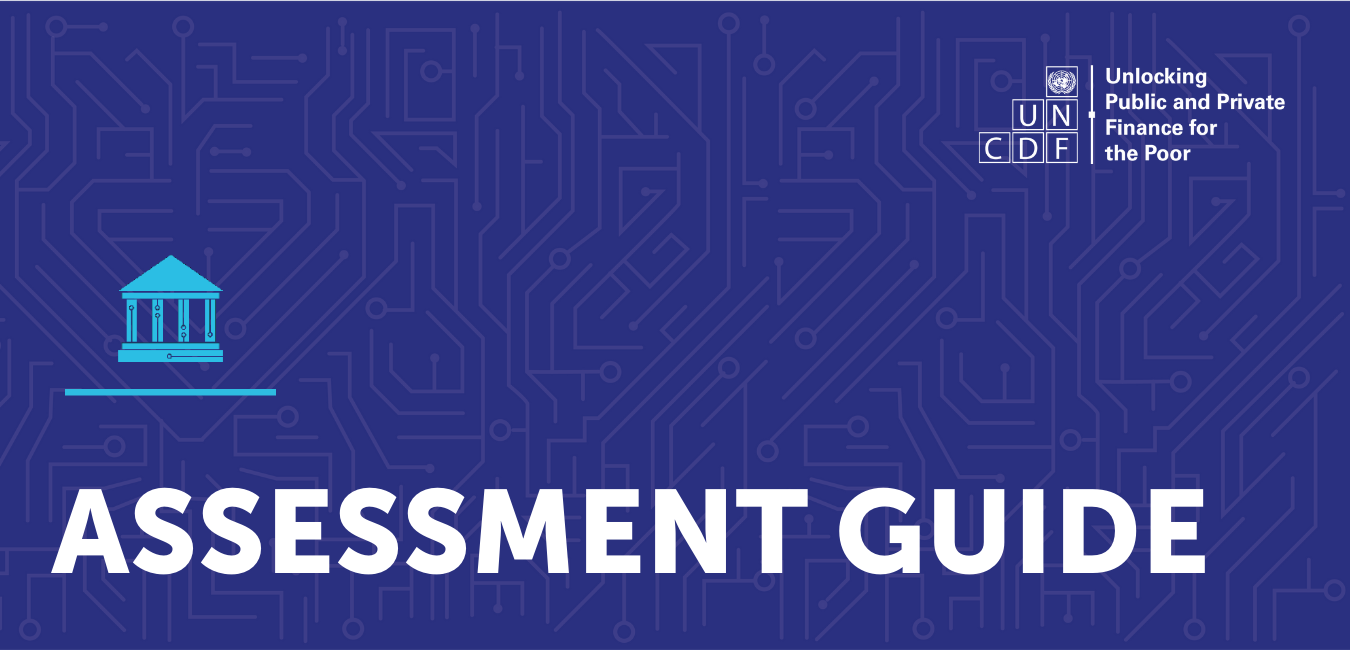Remittances can act as a catalyst for sustainable development at both the household and national levels as a source of greater disposable income for migrant families that can lead to increased consumption and investment. The size and scale of global remittances creates the possibility of harnessing these flows towards productive investment, in health, education and local businesses, thus contributing to the long-term development of countries around the world. Remittances positively impact the following Sustainable Development Goals (SDGs): SDG 1 (No Poverty), SDG 4 (Quality Education), SDG 5 (Gender Equality), SDG 8 (Decent Work and Economic Growth), SDG 9 (Industry, Innovation, and Infrastructure), and SDG 16 (Peace, Justice, and Strong Institutions). Robust digital remittance ecosystems hold the potential to unlock access for more migrants to remittance products at lower costs. By sending and receiving remittances through digital means, migrants benefit from time and cost savings as well as increased access to remittance-linked financial services, such as digital savings, pension, credit and insurance, which could provide safety nets and strengthen resilience.
Despite its great potential, access to and the adoption of digital solutions by migrant workers and their families, remain a challenge. Innovative interventions are needed to directly answer the needs of migrants and their families. Ecosystem multipliers play a role in creating an enabling environment that promotes innovation. These include regulators and policymakers who set the conditions for market entry and establish the legal environment within which providers and disruptors must operate. Like all financial services, remittances should be supported by sound, predictable and non-discriminatory policies, laws and regulatory frameworks. An effective policy and regulatory framework that balances innovation and risk will be critical to the transition from cash to digital.
This guide is designed to provide guidance to policymakers, regulators, and development partners in assessing existing remittance policy and regulatory frameworks to identify enablers and inhibitors for the adoption and usage of digital remittances, which in turn, can be used to inform the process of remittance-related policy and regulatory reforms at the national level.
This guide is composed of a step-by-step instruction manual for conducting a thorough review of a country’s national remittance policy and regulatory framework, tools for organizing research and asking the right questions, and a template for compiling a report with findings and recommendations.
